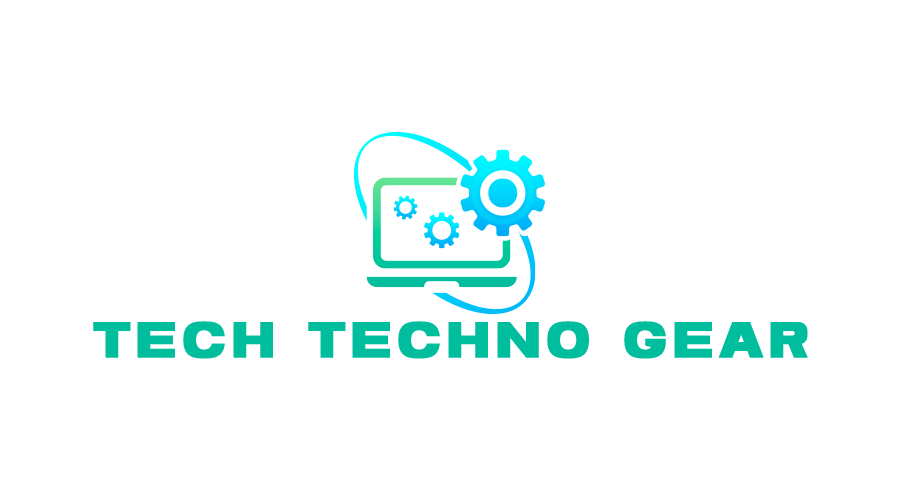The global COVID-19 pandemic has drastically reshaped how businesses operate. As companies transitioned to remote work, implemented health protocols, and adjusted to the changing consumer landscape, corporate surveillance became a crucial tool in ensuring smooth operations. But how has corporate surveillance evolved in this new era, and what role does it play in understanding business insights during the Corona period? Let’s dive into it.
Before the pandemic, corporate surveillance largely focused on monitoring employee productivity and security. This included tracking performance metrics, monitoring company systems for security threats, and ensuring compliance with company policies. However, the COVID-19 crisis pushed companies to reassess their monitoring strategies.
With remote work becoming the norm, businesses needed new ways to ensure that employees were staying productive, maintaining collaboration, and adhering to safety guidelines. At the same time, companies also began gathering data to understand the changing behaviors of customers in a world affected by a pandemic.
Tracking Employee Productivity and Well-being
One of the most significant shifts in corporate surveillance during the pandemic was the increased use of digital tools (For example, Controlio ) for employee monitoring. Tools like time-tracking software, video conferencing apps, and project management platforms became essential for maintaining oversight of employees working from home. For more information about employee monitoring check the article from HBR on how to monitor employees while respecting their privacy.
While this helped employers ensure that tasks were being completed on time, it also raised concerns about privacy. Companies had to strike a balance between monitoring productivity and respecting personal boundaries. This led to discussions about the ethics of employee surveillance in the post-COVID workplace.
Additionally, businesses turned their attention to employee well-being, using surveys and health tracking apps to monitor physical and mental health. Given the strain of isolation and uncertainty, corporate surveillance expanded to ensure employees had the support they needed during these tough times.
Understanding Consumer Behavior
The pandemic also caused a significant shift in consumer behavior, with more people turning to online shopping, delivery services, and digital platforms. To adapt, businesses had to gather and analyze data from new digital touchpoints. Corporate surveillance now extended beyond employee monitoring to include tracking customer interactions, purchases, and online activity.
Using analytics tools, businesses could better understand consumer preferences and behavior during the pandemic. This allowed them to make quick adjustments to product offerings, marketing strategies, and customer service approaches.
Adapting to the Changing Landscape
In a world of constant change, businesses needed agile and real-time insights to adapt swiftly. Corporate surveillance helped companies stay competitive by providing valuable data to guide decisions on everything from supply chain management to staffing needs.
For example, businesses could track the effects of changing government regulations, monitor shifting market trends, and assess customer sentiment in response to health protocols. These insights enabled companies to remain resilient even during unpredictable times.
The COVID-19 pandemic accelerated the role of corporate surveillance in understanding business operations, employee performance, and consumer behavior. While the rise of monitoring tools has brought about questions about privacy and ethics, it has also allowed companies to remain agile, adapt to new realities, and stay connected with both employees and customers.

